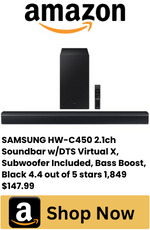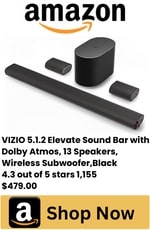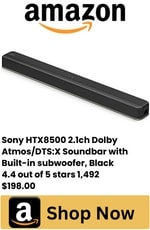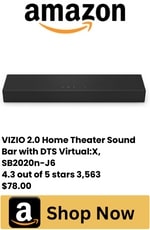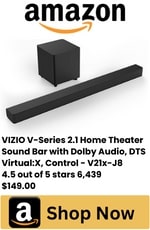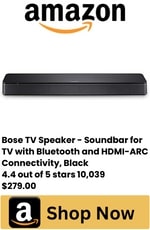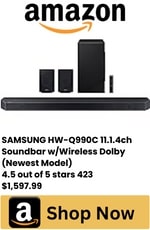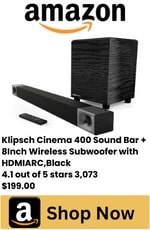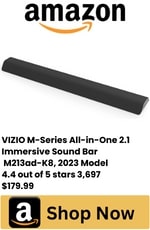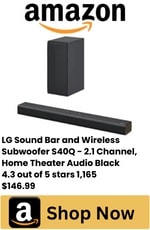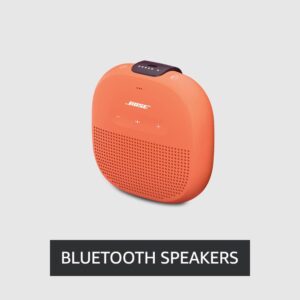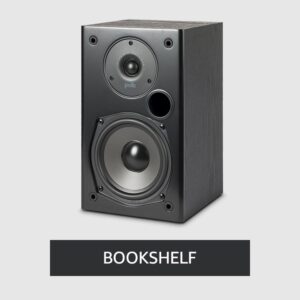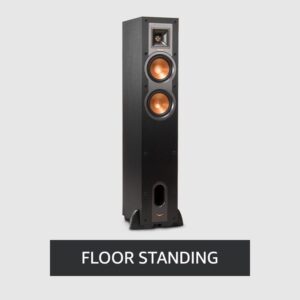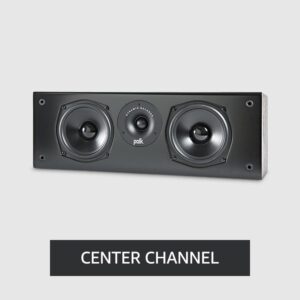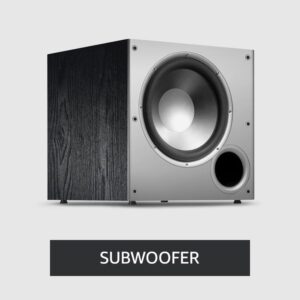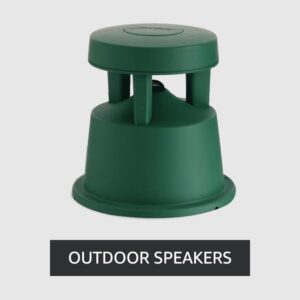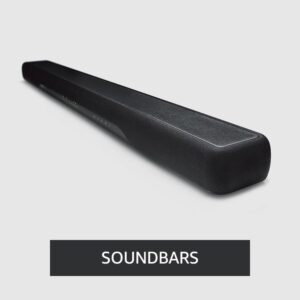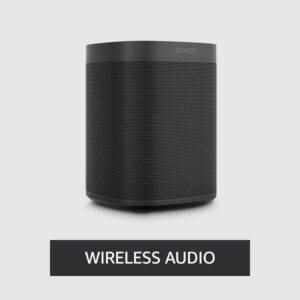How to Safely Use a Projector with Ceiling Fan: Tips and Considerations
When it comes to Hanging projectors on ceilings, it’s a common practice, but sometimes limited space presents challenges, especially when a ceiling fan is also in the equation. This article delves into the details of safely using a projector alongside a ceiling fan, discussing potential compatibility issues, advantages, disadvantages, and essential tips to ensure a successful setup.
Can You Use a Projector with Ceiling Fan?

Indeed, you can use a projector with a ceiling fan, but it’s essential to exercise caution and consider potential drawbacks. Placing a projector on a ceiling fan is not typically recommended due to image obstruction caused by fan blades and possible wind interference affecting the projection quality. However, some innovative solutions suit specific preferences, like hologram fan projectors or mounting the projector beside the fan.
Pros of Using a Projector with a Ceiling Fan:
Opting for a ceiling-mounted projector offers several advantages, much like any ceiling-mounted setup.
- Space-saving Elegance: Ceiling-mounted projectors save valuable floor space and provide a clean, sophisticated look to your space, be it a home theater or presentation area.
- Protection from Damage: Ceiling mounting keeps the projector out of reach of pets and children, minimizing the risk of accidental damage.
- Professional Appearance: A ceiling-mounted setup imparts your room a polished and organized appearance.
Cons of Using a Projector with a Ceiling Fan:
Similar to using a projector on a popcorn ceiling, it has disadvantages.
- Fan Interference: Ceiling fans can cast shadows or disrupt light paths, affecting the projection quality and viewing experience.
- Compatibility Challenges: Using a projector and a ceiling fan might lead to conflicts due to the fan’s vibrations potentially affecting the projector’s alignment and stability.
- Cable Management Complexity: Ceiling-mounted projectors necessitate additional wiring, posing challenges for both aesthetics and safety.
- Ceiling and Fan Suitability: Not all ceilings or ceiling fans are suitable for projector mounting. Ceiling material, structure, and fan design must be assessed to ensure proper installation and functionality.
How to Use a Projector with a Ceiling Fan:

Tips for a Successful Setup To ensure a safe and effective projector-ceiling fan setup, follow these steps:
- Compatibility Check: Verify compatibility between the projector, ceiling mount, and your specific ceiling fan design. Ensure the projector can be properly positioned and the ceiling mount can securely attach to your ceiling.
- Opt for the Right Projector: Choose a projector with a shorter throw distance if the ceiling fan is in the way. This allows for optimal projector placement closer to the screen.
- Select a Suitable Location: Choose a ceiling spot that facilitates proper projector setup and minimizes any interference with the ceiling fan. Maintain sufficient space between the projector and fan blades to prevent obstruction.
- Correctly Mount the Projector: Follow the manufacturer’s instructions to install the ceiling mount securely. Confirm its capacity to support the projector’s weight and ensure it’s firmly fixed to the ceiling.
- Properly Install the Projector: Attach the projector to the ceiling mount following the on-screen instructions. Verify secure fastening and optimal positioning for ideal projection angles, ensuring stability.
- Adjust Projection Angle: Employ adjustments on the ceiling mount to fine-tune the projection angle and alignment, reducing distortion and fan-related obstacles.
- Configure Projector Settings: Post-installation, adjust projector settings such as focus, zoom, and keystone correction to optimize image quality and alignment.
- Manage Cables: Handle cables connecting the projector to power, video sources, and audio devices carefully. Conceal or secure cables for an organized and safe setup.
- Test and Calibrate: After installation, power on the projector and assess the image to ensure proper functioning. Adjust focus, keystone correction, and other settings for optimal results.
Alternative Solutions:
Consider these alternatives to manage space effectively:
- Ceiling Hugger Fan: Opt for a ceiling hugger fan designed to mount closer to the ceiling, creating space for your projector setup.
- Quality Projector Screen: Use a projector screen engineered to reflect light evenly, enhancing image quality by reducing glare and light bleeding.
Common Mistake Avoid When Using a Projector with a Ceiling Fan
While setting up a projector alongside a ceiling fan can offer unique advantages, it’s crucial to be aware of the most common mistake people make in this scenario. Avoiding this mistake can help you ensure a seamless and effective projector setup without compromising on the performance of either the projector or the ceiling fan.
Neglecting Fan Blade Clearance
One of the most prevalent errors individuals make when using a projector with a ceiling fan is paying attention to the clearance between the fan blades and the projector’s light path. This oversight can lead to two main issues:
Obstructed Image:
The moving blades can cast shadows on the projection surface if the projector is not positioned with adequate clearance from the fan blades. This obstructs parts of the image and reduces the overall quality of the projection. This can be especially noticeable during scenes with bright backgrounds or fast-moving action.
Interference with Airflow:
Placing the projector too close to the fan can disrupt the airflow produced by the fan. This can lead to uneven projector cooling and cause overheating over extended periods. Additionally, the wind from the fan can cause the projected image to flutter or sway, negatively impacting the viewing experience.
Prevention and Solution: Proper Placement and Measurement
To avoid falling into the trap of neglecting fan blade clearance, take the following steps:
Measure and Plan:
Before mounting the projector, carefully measure the dimensions of the projector and the ceiling fan. Factor in the fan’s range of motion, ensuring that the blades do not intersect the projector’s light path. This measurement will guide you in determining the appropriate distance between the projector and the fan.
Follow Manufacturer Guidelines:
Consult the projector’s and ceiling fan’s manufacturer guidelines for recommended clearances. These guidelines often provide specific measurements or distance ranges that should be maintained between the two.
Test Before Final Mounting:
Before finalizing the installation, temporarily position the projector where you intend to mount it and run the fan at various speeds. Observe any shadows or image disruptions caused by the fan blades. Make necessary adjustments to achieve a shadow-free and stable projection.
Opt for Adjustability:
Choose a projector mount with adjustable angles and extension arms if possible. This flexibility allows you to fine-tune the projector’s position to ensure optimal clearance from the fan blades.
By prioritizing proper planning and measurement, you can easily prevent the mistake of neglecting fan blade clearance. This attention to detail will result in a visually pleasing and smoothly functioning projector setup that coexists harmoniously with your ceiling fan, enhancing your overall entertainment or presentation experience.
Conclusion
In conclusion, utilizing a projector with a ceiling fan is feasible but demands careful consideration. The potential challenges and risks should be weighed against the benefits. Following the outlined guidelines and considering alternative solutions can lead to a successful projector setup that coexists harmoniously with your ceiling fan. Your space can boast both functionality and aesthetics without compromising safety or performance.
FAQ’s
Can I Mount a Projector on a Ceiling Fan?
Answer: While mounting a projector on a ceiling fan is possible, it’s generally not recommended due to potential complications. Fan blades can obstruct the projector’s light path and disrupt the image quality. Additionally, the fan’s airflow might interfere with the projection. If you’re determined to proceed, use a specialized mount designed for this purpose and exercise caution.
What Are the Advantages of Ceiling-Mounted Projectors?
Answer: Ceiling-mounted projectors offer multiple benefits, including space-saving elegance, protection from damage by keeping it out of reach, and a polished appearance. They can help you optimize room aesthetics and create a professional atmosphere, making them popular home theater and presentation choices.
How Can Ceiling Fans Affect Projector Image Quality?
Answer: Ceiling fans can adversely impact projector image quality in two main ways. First, the fan’s blades can cast shadows onto the projection surface, disrupting the image. Second, the airflow produced by the fan might cause the projected image to flutter or sway, diminishing the viewing experience. Proper placement and clearance are essential to mitigate these effects.
Can a Ceiling Fan and Projector Be Used Simultaneously?
Answer: Using a ceiling fan and a projector simultaneously can pose compatibility challenges. The fan’s vibrations and movement may affect the projector’s stability and alignment. This interference can lead to suboptimal image quality and performance. Consider adjusting fan settings or using the projector during fan-off periods to avoid conflicts.
How Can I Ensure Proper Clearance Between the Projector and Fan Blades?
Answer: To ensure proper clearance, measure the projector’s and the fan’s dimensions, factoring in the fan’s range of motion. Consult manufacturer guidelines for recommended clearances. Test the setup before final mounting by temporarily positioning the projector and observing for shadows or disruptions caused by the fan blades. Adjust the projector’s position to achieve optimal clearance and a stable projection.

Author: Baqarrasheed
I know all about home theater items! I have been doing this for more than three years now. I am good with things like sound systems, TVs, projectors, and all that cool entertainment gear. I like to help folks by testing and talking about these gadgets on Hometheaterjournal. I want to make sure everyone can create an awesome entertainment setup at home without any confusion.
I write the creative content for HometheaterJournal.



